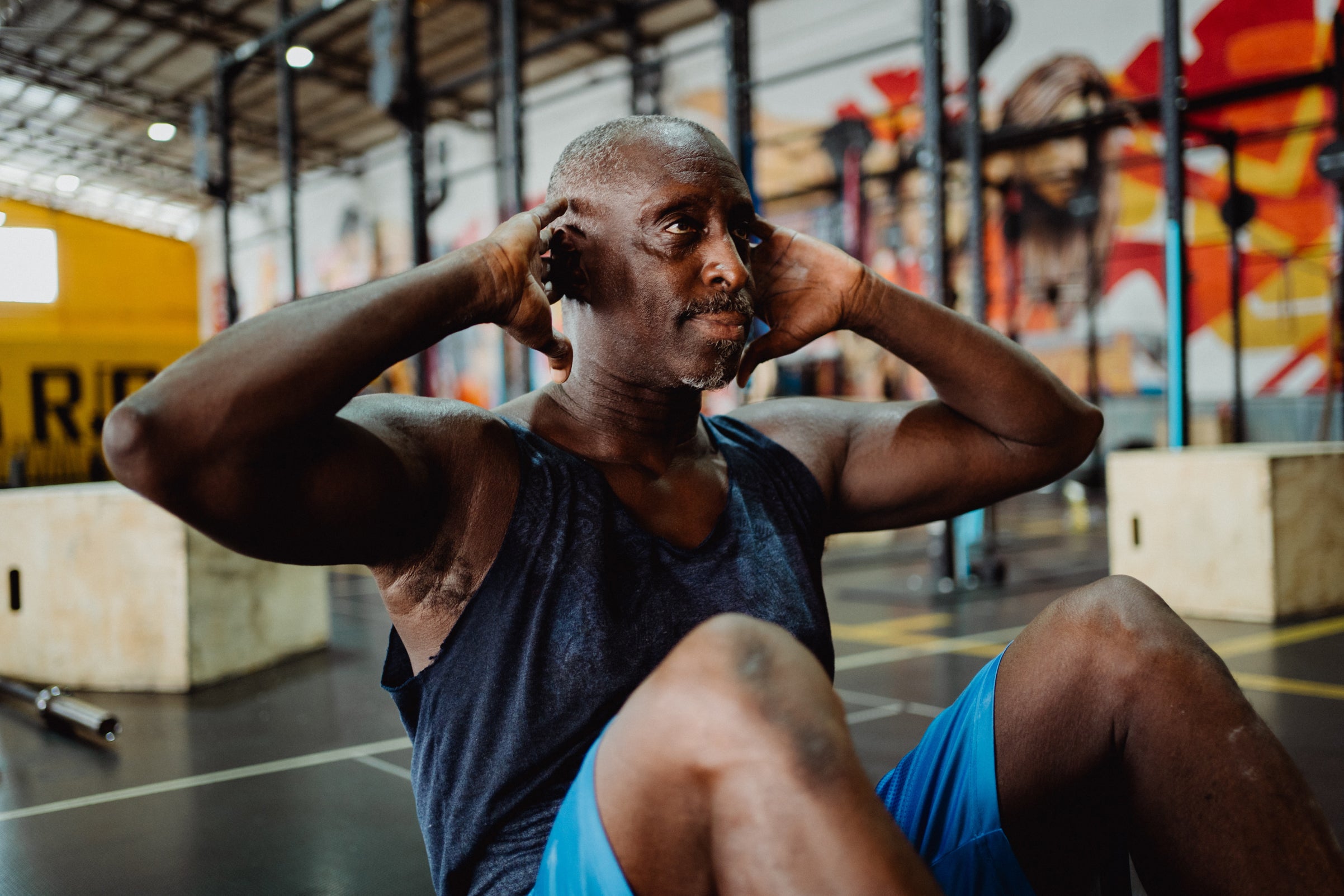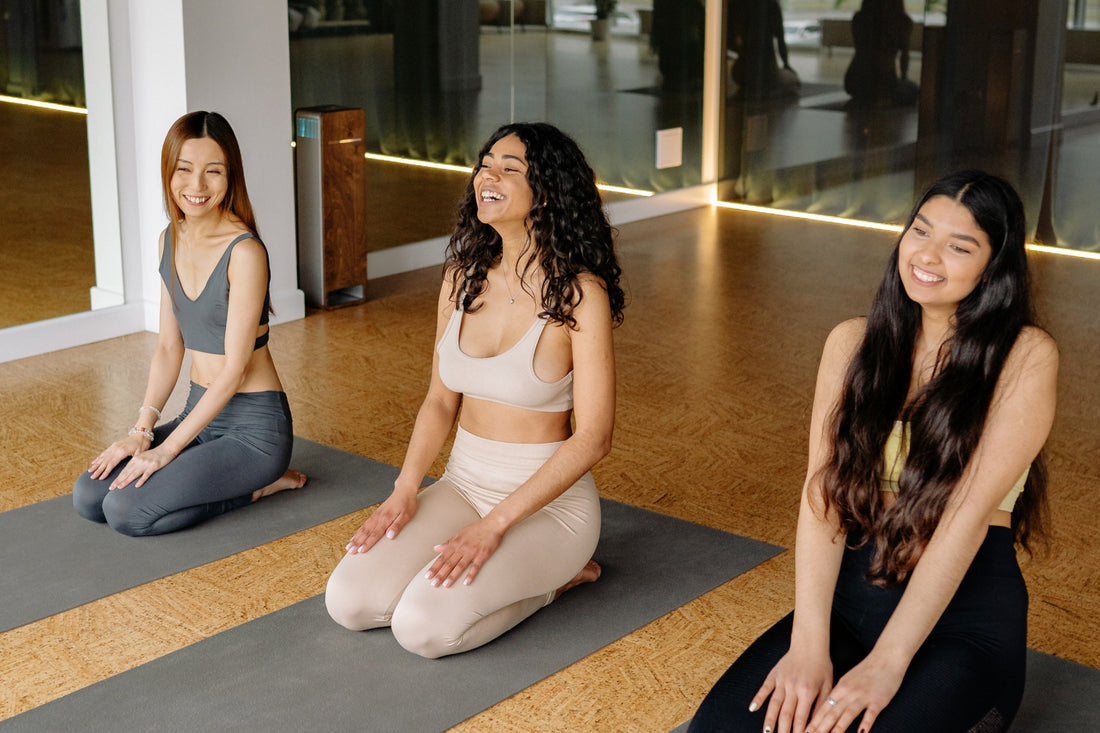In the modern world, most of us have busy lifestyles, poor dietary habits and tend to be very careless about our health. We deprive our bodies of essential minerals, nutrients and vitamins by consuming processed and unhealthy food.
Also, we tend to get busy with our work and responsibilities, often giving up on working out and exercising altogether. A lack of exercise and physical activity tend to have a poor effect on our body shape and health. The body is not able to shed out toxins and the fat accumulates to cause issues later in life.
This takes a heavy toll on our overall health, and the issues just keep piling on as we grow older. But it is never too late to start or change. The awareness regarding health, exercise, and good food habits is increasing - people are starting to adjust by changing their sedentary lifestyles to lead a quality life.
Now, it’s pretty intuitive that you cannot maintain the same level of fitness at 50 as you might have at 20, but with a specified exercise and diet regimen, you can restart your schedule and be fit again.
Let’s talk about the differences and risks at an older age, how you can work your way around those to reboot your workouts after 50 and ensure optimum fitness, and a healthy body to go with it.
The Differences at 50
The physical changes that happen in your body as it grows with age are obvious and common. With age, muscle mass, as well as the strength of your muscles, reduces sharply. The muscles become less hydrated, and as a result, lose their flexibility.
Besides the muscles, multiple other changes take place. These include weakening of bones, eyesight, joint pains and increased chances of having a chronic disease. The underlying issues in the body start coming up, and issues such as high blood pressure, diabetes and cardiovascular diseases are common.
Also, at the age 50, you tend to get tired more easily, need a much better and concentrated diet, and require more rest. Though the difference in the body, its ability, and its needs are stark, it can be easily managed with caution, plan, will, and concentration.

The Risks Involved at 50
With the increase in age, the risks too are high with any physical activity you do. With visibly evident body changes, it can be very risky if you try to lift very heavy weights, do strenuous activities and exercises for longer durations and indulge in hardcore workouts such as inclines running, core strength training, etc.
If you are not careful with the exercises you do, you put yourself at a high risk of injuries like rotator cuff tears, high blood pressure, cardiovascular issues and even broken bones. Since the idea for starting a workout is to improve your health and protect you from diseases rather than increasing risks or safety concerns, it is of extreme importance that you understand the changes in your body, and follow a supervised and guided regime.
Now, let's take a look at the best ways which you can follow to reboot your workout structure depending on your age, and derive the best possible results for yourself.
Workout, but with limits – How much exercise should you do?
At 50, you need to prepare a dedicated workout schedule that will suit your body. Since the body undergoes multiple changes with increasing age, it is vital to manage the load you put on it. As such, you should exercise and workout in a limited manner and under proper guidance.
When it comes to the experts and science, The American Heart Association recommends exercise or workout up to 150 minutes a week, which essentially comes down to 30 minutes a day, 5 days a week. If you are not able to do this, then you should try to work out at least 3 days or more for a minimum of 10 minutes.
It is important that you take a break for at least 2 days a week. The body takes more time to recover as the age increases, and it's necessary to have a complete rest and allow time for the muscles to recover their strength.
Starting is Key, But Start Slowly!
Whenever you come back after a break, it’s necessary to start slowly and pick up the speed as your body adjusts to the new routine. This is especially true once you reach a certain age, as the body requires even more time to properly heal.
You should start with a low-intensity workout for a limited period. Gradually, you can increase the intensity, the weight, and even the time. Stay within the limits of your body and never stretch beyond what you can manage.
You can even start tracking your progress. To do this, you can either use an online tool or a mobile app, or even use fitness bands to help you track your progress. Set up reasonable and advised targets for yourself and work slowly towards building yourself up to achieve your goals.

Stay Hydrated, as much as possible!
Your muscles are made up of water and as you work out and sweat, your body tends to lose the water very quickly. At an older age, the process becomes even more rapid and can cause some serious consequences to your health.
By drinking a large amount of water, ideally 8-10 glasses a day or more, you can keep your body hydrated and help your muscles recover faster. Besides, by staying hydrated, you can stay energized for longer periods, which will even help you increase the intensity of your workout and stay focused.
Additionally, consider drinking Alkaline Water, which is the water with pH balance that is alkaline at 8 or 9. Alkaline water gets digested in your cells easily, and even helps in keeping you hydrated for longer. It also fights against problems such as heartburn and acid reflux. You can buy the DYLN Bottle which provides you alkaline water anytime you want and helps you to stay healthy.
Fuel Yourself with a Healthy and Balanced Diet
Eating a healthy and balanced diet is necessary at every age. However, as you get older, your body needs more nutrients to stay fit. The demand increases further when you start working out. The body tires up quickly and needs energy through nutrition and minerals.
This makes eating the right food in correct quantities even more important. You should target a diet in such a way that your intake of proteins is a bit higher, while you eat less carbohydrates and bad fats. You should eat more green vegetables and whole-grain foods and cut back completely on processed and unhealthy snacks.
By eating a good diet, you fuel your body with vitamins, antioxidants, and important minerals, which keep you fit. You should also remember to eat nutritious food after your workout. This will help you re-energize yourself quickly and you can spend the rest of your day filled with vitality and enthusiasm.

Be Careful and Avoid Injuries
At 50, you lose a lot of your muscle mass. As such, your strength is low, and you are quite susceptible to injuries. The density of your bones reduces with age, and they become more vulnerable to fractures. Putting extra pressure on your muscles, bones and joints may put you at risk of a serious injury or even a fracture.
It is important to be careful and not put any pressure on yourself. If you are working out in the gym with machines, you should do limited sets and repetitions. Also, you should lift challenging weights, but never try to cross the limits. Even in other physical activities like cardio, running, cycling and even while stretching, you should avoid overdoing it.
You should always stay focused on your goals and remember that, even by limited exercising, you can still achieve your targets. On the other hand, a bad decision or carelessness might cause serious injuries. Not only can that stop you from achieving optimum fitness, but can also cause mental trauma, pain and various related issues.
Conclusion
With an increase in age and a limitation to the body’s ability, most people give up on working out and invite chronic diseases to take over. Consequently, no matter the age, it is important to work out and stay fit and healthy.
Since the body changes as your age increases, you cannot and should not have a similar workout or exercise regime as you did in your younger days. It is of extreme importance to understand your body and decide your workout regime as per your body’s capability.
You can follow the steps mentioned above for guidance, and reboot your workout regime accordingly. This will safeguard you from various risks, such as an increased blood pressure, fractured bones or damaged muscles.
As a result, we can conclude that by following the correct diet, keeping yourself hydrated, and being careful, you can stay fit even past the age of 50.






